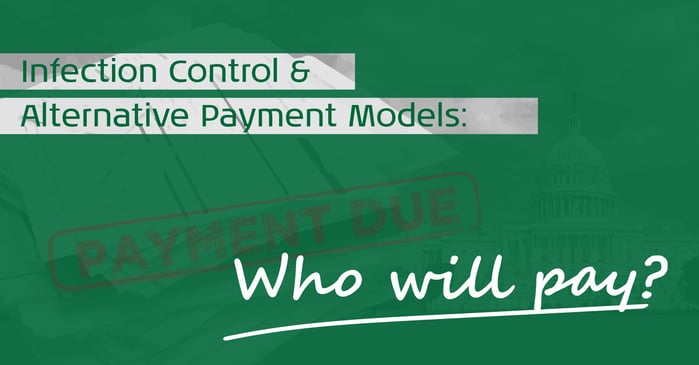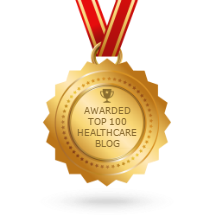 Our previous post presented some of the problems with the current fee-for-service payment model used in healthcare. In response to these costly problems, there are a number of alternative payment models being tested, with promising results. Today we will look at the alternatives that seem to be picking up speed as we move toward reducing our nation's healthcare costs.
Our previous post presented some of the problems with the current fee-for-service payment model used in healthcare. In response to these costly problems, there are a number of alternative payment models being tested, with promising results. Today we will look at the alternatives that seem to be picking up speed as we move toward reducing our nation's healthcare costs.
Last week we discussed fee-for-service, a costly payment model that has played a huge part in the nation's rising healthcare costs, as well as in the unchecked epidemic of healthcare-associated infections. In this model, the provider is rewarded for low value (excessive services) and poor outcomes (sick patients).
Rewarding the Right Things
One of the major pitfalls of fee-for-service payment is the idea of unintended "perverse incentives," where the model rewards increased services over positive patient outcomes and value.
In value-based payment, a model that comes in different forms, services are paid for in context of patient outcomes and efficiency by rewarding quality care at a predetermined, fixed budget. Under these models, hospitals are motivated to provide excellent care at the lowest cost. The incentive comes in different forms, depending on the model being used.
Shared Savings
In these models, the provider can retain part of the savings that come as a result of their efforts at cost reduction. For example, healthcare providers and commercial insurance providers can choose to become part of an accountable care organization (ACO), a Medicare-created shared savings program. Participation in an ACO ties reimbursement to a facility-specific benchmark in quality metrics (such as patient satisfaction scores) as well as value (cost of treatment). The shared-risk model means that the providers stand to receive higher bonuses for greater risk. Physician practices were the first to adopt ACOs but according to a 2019 survey 59% of community hospitals participate in an AOC. What it means for infection control and prevention: As with all Medicare and many commercial insurance plans, hospital-acquired infections are not reimbursed and therefore represent costs that will compromise the ACO's quality score. Patient satisfaction scores could also be impacted.
Capitation
Under this model, payers provide a set amount of funds per patient/member regardless of whether or not that patient seeks treatment. This model emphasizes prevention, as the physician or practice seeks to keep their patients as healthy as possible. This model places greater financial risk on the healthcare provider, and can lead some practices to avoid taking on sicker or riskier patients. To avoid this, capitation models can be risk-adjusted to place less risk on the provider for taking on sicker patients. What it means for infection control and prevention: Funds could conceivably be used to pay for hospital-acquired infections, but when the funds run out, the provider is responsible for all remaining costs. This means there will be greater incentive to prevent all kinds of avoidable harm, including infections.
Bundled payments
In this model, the payer and the provider determine the cost of certain health conditions, from onset to end of treatment (an "episode of care") such as a joint replacement surgery. That amount sets a limit to the payment, but not the treatment, so the hospital carries the burden of extended hospital stays due to avoidable complications (including infection). Hospitals can retain excess funds if they are able to provide positive outcomes under budget. Another aspect of bundled payments is that one provider receives the entire lump sum and distributes it to other facilities as needed for specific procedures. This rewards efficient communication between providers, reducing duplication, and shares incentive to use funds wisely. What it means for infection control and prevention: Costs related to hospital-acquired infections are not part of the lump sum, so all costs for infection are shouldered by the healthcare providers.
The issue of rising costs in healthcare affects us all, both as patients and taxpayers. Unfortunately, the road to extricating healthcare from the fee-for-service model will take a lot of work. Providers have to conduct cost-analyses to learn how they are spending money, a task that requires time, expertise, and advanced IT infrastructure. Healthcare practitioners, from small practices to large hospital campuses, will have to learn how to work together, to share records and accounting systems, and coordinate patient care efficiently. Moving towards these alternative payments models will reduce healthcare costs without having to resort to a "hatchet approach to cost reduction by mandating arbitrary cuts across departments." As improvements in infection control demonstrate, shifting incentives towards reduced costs can make a difference in both the quality and value of medical care.
Editor's Note: This post was originally published in August 2017 and has been updated for freshness, accuracy and comprehensiveness.

